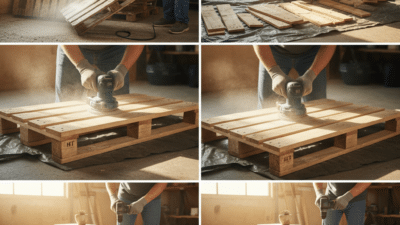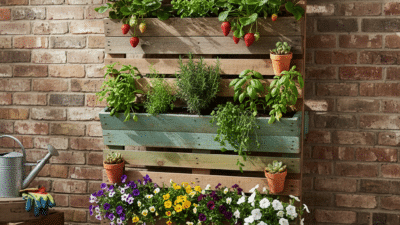

Understanding the construction and capability of plant cells is an essential idea in science. While course readings give important data, envisioning these ideas through a 3D model can essentially improve understanding and maintenance. plant cell 3d model makes learning intelligent as well as supports imagination and joint effort among understudies. This article will investigate the significance of plant cell models, the parts of a plant cell, and a bit-by-bit manual for making a 3D plant cell model.
Significance of 3D Models in Schooling
3D models act as strong instructive devices, especially in subjects like science where spatial connections are essential. The following are a few justifications for why utilizing 3D models is valuable:
- Upgraded Understanding: A 3D model gives a substantial portrayal of theoretical ideas, assisting understudies with picturing structures and comprehending their capabilities better.
- Dynamic Picking up: Making a model requires dynamic support, advancing commitment, and building up the material through involved insight.
- Joint effort: Gathering projects cultivates collaboration and relational abilities, permitting understudies to share thoughts and gain from each other.
- Innovativeness: Building a 3D model permits understudies to communicate their inventiveness while applying logical ideas, making learning more charming.
Parts of a Plant Cell
Before making a 3D model, understanding the critical parts of a plant cell and their functions is fundamental. A common plant cell incorporates the accompanying organelles:
- Cell Wall: An inflexible external layer that gives design and backing to the cell.
- Cell Film: A semi-penetrable layer that controls the development of substances throughout the cell.
- Cytoplasm: A gel-like substance that fills the cell and houses the organelles.
- Chloroplasts: Organelles that contain chlorophyll and are liable for photosynthesis, changing over daylight into energy.
- Vacuole: An enormous focal sac that stores supplements, and byproducts, and keeps up with turgor pressure.
- Core: The control focal point of the cell that contains hereditary material (DNA) and manages cell exercises.
- Mitochondria: Frequently alluded to as the force to be reckoned with of the cell, these organelles produce energy through cell breath.
- Endoplasmic Reticulum (emergency room): An organization of layers engaged with protein and lipid combination. It comes in two structures: hash (with ribosomes) and smooth (without ribosomes).
- Golgi Mechanical assembly: An organelle that alters, sorts, and bundles proteins and lipids for discharge or use inside the cell.
- Ribosomes: Little designs that orchestrate proteins from amino acids.
- Bit by bit Manual for Making a Plant Cell 3D Model
- Making a 3D model of a plant cell can be an interesting homeroom project. Here is a bit-by-bit guide:
Materials Required
Styrofoam balls or an enormous cardboard box (for the cell structure)
- Paint (green, yellow, blue, and different tones)
- Development paper or felt (for organelle subtleties)
- Scissors
- Stick or a craft glue weapon
- Markers or names
- Discretionary: Specialty things like globules, buttons, or mud for nitty gritty designs
Stage 1: Base Design
Pick the Base: Assuming utilizing Styrofoam balls, select one enormous ball to address the cell. On the off chance that utilizing a cardboard box, cut it into a rectangular crystal to address the cell wall and layer.
Paint the Base: Paint the whole base construction in a variety that addresses the plant cell’s outside. Green is a typical decision as it mirrors the chlorophyll tracked down in many plants.
Stage 2: Make Organelles
Cell Wall and Layer: On the off chance that utilizing a cardboard box, utilize an alternate tone to make the cell wall and film. You can paint the internal layer to address the cell film.
Chloroplasts: Utilize little green balls or cut shapes from green development paper. Connect them to the base to address chloroplasts.
Vacuole: Utilize a bigger inflatable or a plastic pack overflowing with blue water to make the focal vacuole. Join it inside the model.
Last Thought
plant cell 3d model offers an involved opportunity for growth that upgrades’ comprehension understudies might interpret cell science. Through dynamic interest, joint effort, and imagination, understudies can understand complex ideas and gain a more profound appreciation for the infinitesimal world. By envisioning the mind-boggling designs and elements of plant cells, understudies find out about science as well as foster decisive reasoning and collaboration abilities that will help them in their scholarly excursion. Embracing such intuitive learning techniques is fundamental in cultivating an energy for science in the future.
- 3shares
- Facebook0
- Pinterest0
- Twitter3
- Reddit0



